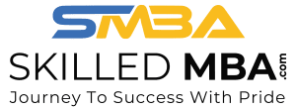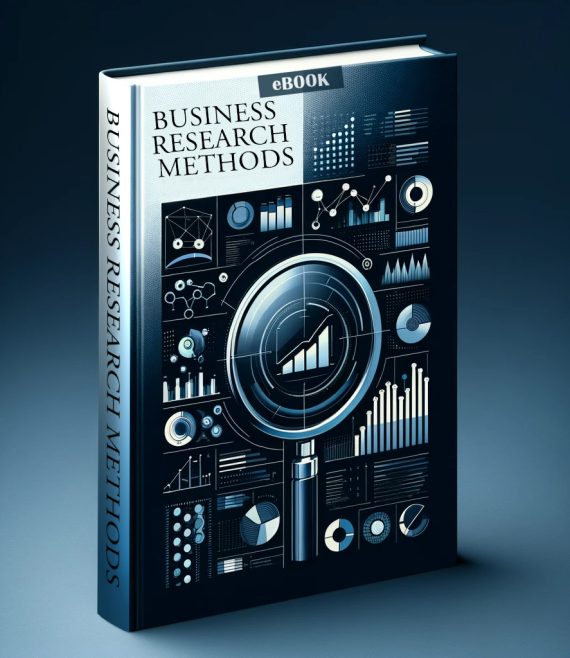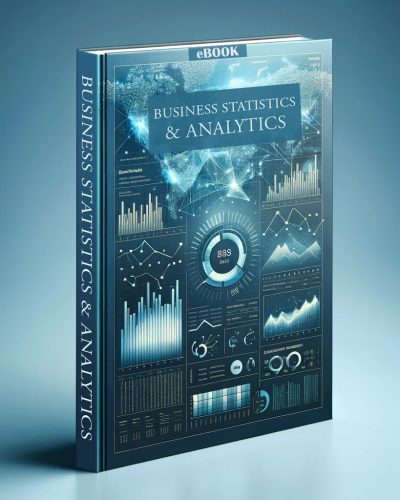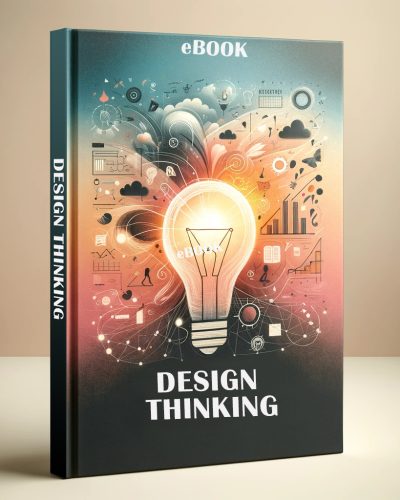Business Research Methods
₹255.00₹350.00
Unit 1
Research: – Definition, Meaning, Importance Types, and Qualities of Research; Research applications in
functional areas of Business, Emerging trends in Business research.
Research & the Scientific Method: Characteristics of the scientific method. Steps in the Research Process
Concept of Scientific Enquiry: – Formulation of Research Problem – Management Question – research
Question – Investigation Question
Research Proposal – Elements of a Research Proposal, Drafting a Research Proposal, evaluating a
research proposal.
Unit 2
Research design: Concept, Features of a good research design, Use of a good research design;
Qualitative and Quantitative research approaches, Comparison – Pros and Cons of both approaches.
Exploratory Research Design: Concept, Types: Qualitative techniques – Projective Techniques, Depth
Interview, Experience Survey, Focus Groups, Observation.
Descriptive Research Designs: Concept, types, and uses. Concept of Cross-sectional and Longitudinal
Research
Experimental Design: Concept of Cause, Causal relationships, Concept of Independent and dependent
variables, concomitant variables, extraneous variables, Treatment, and Control group.
Unit 3
Scaling & measurement techniques: Concept of Measurement: Need of Measurement; Problems in
measurement in management research – Validity and Reliability. Levels of measurement – Nominal,
Ordinal, Interval, Ratio. Attitude Scaling Techniques: Concept of Scale – Rating Scales viz. Likert
Scales, Semantic Differential Scales, Constant Sum Scales, Graphic Rating Scales – Ranking Scales –
Paired comparison & Forced Ranking – Concept and Application.
Unit 4
Sampling: Basic Concepts: Defining the Universe, Concepts of Statistical Population, Sample,
Characteristics of a good sample. Sampling Frame (practical approach for determining the sample frame
expected), Sampling errors, Non-Sampling errors, Methods to reduce the errors, Sample Size constraints,
Non Response.
Probability Sample: Simple Random Sample, Systematic Sample, Stratified Random Sample, Area
Sampling & Cluster Sampling.
Non Probability Sample: Judgment Sampling, Convenience Sampling, Purposive Sampling, Quota
Sampling & Snowballing Sampling methods. Determining the size of the sample – Practical considerations
in sampling and sample size, sample size determination.
Unit 5
Data Analysis: Editing, Coding, Tabular representation of data, frequency tables, Construction of
frequency distributions, Graphical Representation of Data: Appropriate Usage of Bar charts, Pie charts,
Histogram.
Hypothesis: Qualities of a good Hypothesis –Framing Null Hypothesis & Alternative Hypothesis.
Concept of Hypothesis Testing – Logic & Importance. Analysis of Variance: One-way and two-way
Classifications.
Mechanism of Report Writing- Report Preparation: Types, Report Structure: preliminary section, main
the report, interpretation of results, suggestions, and recommendations, limitations of the study, Report
formulation
Description
Unit 1
Research: – Definition, Meaning, Importance Types, and Qualities of Research; Research applications in
functional areas of Business, Emerging trends in Business research.
Research & the Scientific Method: Characteristics of the scientific method. Steps in the Research Process
Concept of Scientific Enquiry: – Formulation of Research Problem – Management Question – research
Question – Investigation Question
Research Proposal – Elements of a Research Proposal, Drafting a Research Proposal, evaluating a
research proposal.
Unit 2
Research design: Concept, Features of a good research design, Use of a good research design;
Qualitative and Quantitative research approaches, Comparison – Pros and Cons of both approaches.
Exploratory Research Design: Concept, Types: Qualitative techniques – Projective Techniques, Depth
Interview, Experience Survey, Focus Groups, Observation.
Descriptive Research Designs: Concept, types, and uses. Concept of Cross-sectional and Longitudinal
Research
Experimental Design: Concept of Cause, Causal relationships, Concept of Independent and dependent
variables, concomitant variables, extraneous variables, Treatment, and Control group.
Unit 3
Scaling & measurement techniques: Concept of Measurement: Need of Measurement; Problems in
measurement in management research – Validity and Reliability. Levels of measurement – Nominal,
Ordinal, Interval, Ratio. Attitude Scaling Techniques: Concept of Scale – Rating Scales viz. Likert
Scales, Semantic Differential Scales, Constant Sum Scales, Graphic Rating Scales – Ranking Scales –
Paired comparison & Forced Ranking – Concept and Application.
Unit 4
Sampling: Basic Concepts: Defining the Universe, Concepts of Statistical Population, Sample,
Characteristics of a good sample. Sampling Frame (practical approach for determining the sample frame
expected), Sampling errors, Non-Sampling errors, Methods to reduce the errors, Sample Size constraints,
Non Response.
Probability Sample: Simple Random Sample, Systematic Sample, Stratified Random Sample, Area
Sampling & Cluster Sampling.
Non Probability Sample: Judgment Sampling, Convenience Sampling, Purposive Sampling, Quota
Sampling & Snowballing Sampling methods. Determining the size of the sample – Practical considerations
in sampling and sample size, sample size determination.
Unit 5
Data Analysis: Editing, Coding, Tabular representation of data, frequency tables, Construction of
frequency distributions, Graphical Representation of Data: Appropriate Usage of Bar charts, Pie charts,
Histogram.
Hypothesis: Qualities of a good Hypothesis –Framing Null Hypothesis & Alternative Hypothesis.
Concept of Hypothesis Testing – Logic & Importance. Analysis of Variance: One-way and two-way
Classifications.
Mechanism of Report Writing- Report Preparation: Types, Report Structure: preliminary section, main
the report, interpretation of results, suggestions, and recommendations, limitations of the study, Report
formulation








